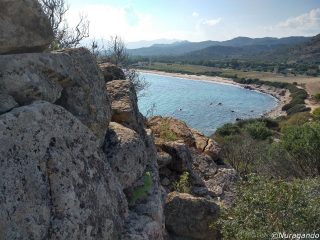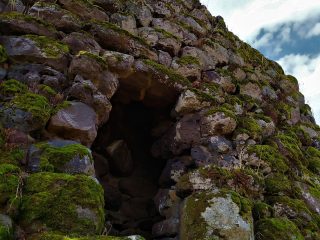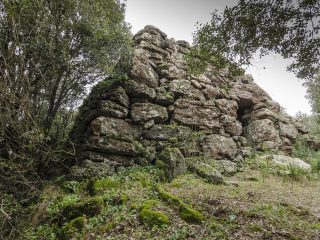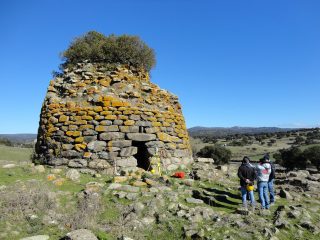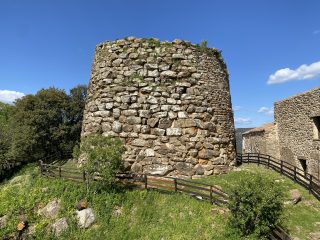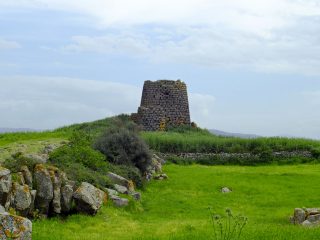The Phoenician, Punic and Roman city of Neapolis sits on the southern edge of the Golfo di Osistano. It was built not far from the sea, but was well defended by the Stagno di San Giovanni, now an important area of natural interest. The remains currently visible date from the final stages of the city, in particular, the Roman and Byzantine period.
The so called Grandi Terme (large thermal baths) can be found at the entrance to the site. One of its rooms was transformed into a Church and dedicated to S. Maria di Nabui. Continuing on with the visit northwards, we come to the so-called Piccole Terme (small thermal baths). This is the best-preserved monument at the site, whose original layout is still clearly distinguishable. Nearby, a small residential neighbourhood spreads out from the late Roman and Byzantine era. A little further west, a long straight wall and some rooms were recently uncovered during excavation work. On the western side of the residential area, which covers several hectares, a stretch of flagstone road and some Roman cisterns were discovered.







